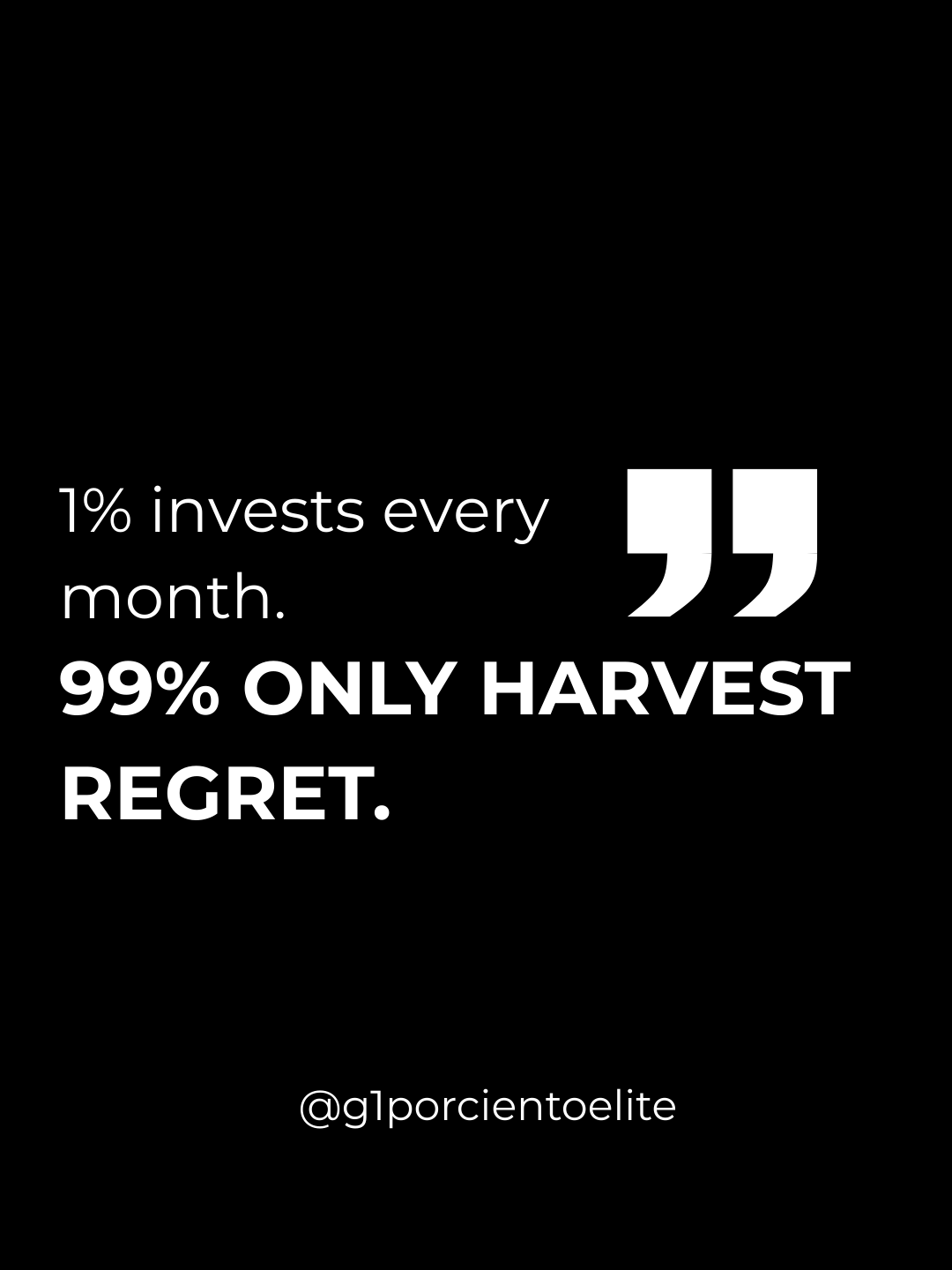If you want to organize your finances, invest wisely, and achieve financial freedom, this is the guide you need. Here, you’ll learn everything from the difference between active and passive income to how to automate your investments and ensure every cent of your salary works for you.
-
Understand the Difference Between Active and Passive Income
Active income: money you earn through direct effort. Examples:
- Employee salary.
- Self-employment (doctors, lawyers, beauticians, barbers, etc.).
Passive income: money that comes in without relying on your daily work. Examples:
- Investments that generate monthly returns.
- Businesses run by a team.
Visual summary:
- Employee → works for others.
- Self-employed → works for themselves.
- Entrepreneur → others work for you.
- Investor → money works for you.
-
The Role of Assets and Liabilities
- Assets: put money in your pocket. Examples:
- Emergency fund
- Stocks
- Real estate funds
- International investments
- Net worth: everything you own that has value:
- House, car, land, cash
- Liabilities: take money out of your pocket. Even assets can generate liabilities:
- House → property tax, condo fees, maintenance, mortgage
- Car → vehicle tax, fuel, maintenance, insurance
- Cash → inflation, opportunity cost
Summary: The same item can be an asset or a liability, depending on how you use it.
-
Financial Mindset: 5 Levels
- Poor mindset: earns and spends everything on mandatory expenses. Nothing left.
- Premium poor mindset: small amount left for leisure, but no investments in assets.
- Mass mindset: pays mandatory and non-mandatory expenses, starts building net worth, but it usually turns into liabilities.
- Prosperous mindset: prioritizes mandatory expenses, enjoys leisure, and invests in net-worth-building assets.
- Abundant mindset (ideal): invests first, ensuring passive income pays both mandatory and non-mandatory expenses, granting financial freedom.
-
The Golden Rule: What to Do When You Get Paid
Apply the 60-30-10 rule:
- 10% for assets → reserve for investments that generate passive income, such as an emergency fund, Treasury bonds, CDBs, or real estate funds.
- 60% for mandatory expenses → housing, food, transportation, essential bills.
- 30% for variable expenses → leisure, streaming, travel, gym, gifts.
Important:
- Always invest first, then pay expenses, then enjoy.
- Never spend first and invest what’s left — nothing will be left.
-
How to Build Net Worth and Passive Income
- Invest 10% of your salary every month in assets that yield more than inflation.
- Create a snowball effect: passive income generates more passive income.
- Repeat until passive income covers mandatory expenses, then non-mandatory expenses.
Example:
- Salary: R$ 6,000
- 10% → R$ 600 invested
- 60% → R$ 3,240 in essentials
- 30% → R$ 1,620 in leisure and variable expenses
-
How Much Net Worth You Need for Financial Freedom
Simple formula:
Net worth needed = Desired income ÷ Yield rate
Example:
- Desired passive income: R$ 3,240/month
- Average yield: 1% per month
- Required net worth: R$ 324,000
If you increase returns or income, you’ll reach your goal faster.
-
Long-Term Strategy
- Invest monthly, even small amounts.
- Prioritize real estate funds with net returns above 9% annually, stocks, fixed income, and international diversification.
- Avoid increasing your lifestyle at the same pace as your income.
- Stay disciplined and consistent.
Result: With patience, your passive income will grow, allowing you to work by choice, not necessity.
-
Next Steps
- Automate investments: set up monthly automatic transfers to assets.
- Monitor mandatory and variable expenses to stay disciplined.
- Consider hiring a financial coach, like a personal trainer for your finances.
- Update your strategy with every salary raise or investment change.
By following these steps, you will have:
✅ Clarity on active and passive income
✅ Control over assets and liabilities
✅ An abundant mindset
✅ The 60-30-10 monthly structure
✅ A clear path to financial freedom
If you want to take the first step, there’s a free eBook that teaches you in simple terms how to start investing even as a foreigner without a CPF. You’ll discover practical strategies to enter the investment world safely.










